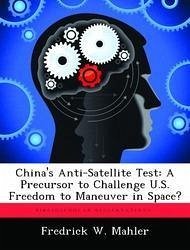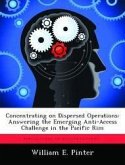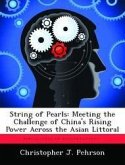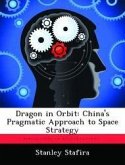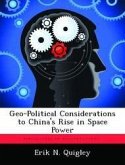On January 11, 2007, the Peoples Republic of China (PRC) launched a direct-ascent anti-satellite (ASAT) weapon and destroyed one of their satellites. Uncovering Chinese motivations for this action has been problematic because the Chinese government has given virtually no explanation for this act. China seems to be actively attempting to challenge other nations' freedom to maneuver in space. Thus, the central research question is: Is the motivation behind current Chinese efforts in its ASAT program to challenge U.S. freedom of maneuver in space? China is not without precedent. During the 1960's to the late 1980's both the U.S. and U.S.S.R. conducted extensive ASAT tests in the development and deployment of ASAT weapons as part of their military space programs. In the Case of the U.S.S.R., ASAT weapons were extensively tested and deployed, but their relatively low success rate and marginal military value led the Soviet government to abandon the program in favor of arms control negotiations. In the Case of the U.S., ASAT was another component to ensure national security of all space assets. The U.S.S.R. study illustrates the inherent political instability of pursuing space weapons, while the U.S. study illustrates the political desire to remain weapons free in space, but retain the right to defend space assets with force if necessary. China, with its notion of active defense and deterrence doctrine, would seem to align closely with the U.S. in ASAT employment, and not challenge U.S. freedom of maneuver in space per se, but ensure its own freedom of maneuver in space as it continues to grow a dependence on space assets in the future.

